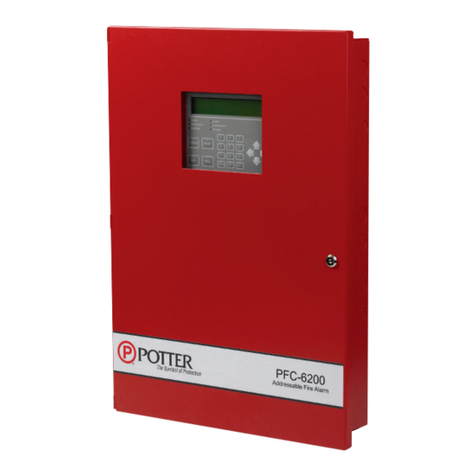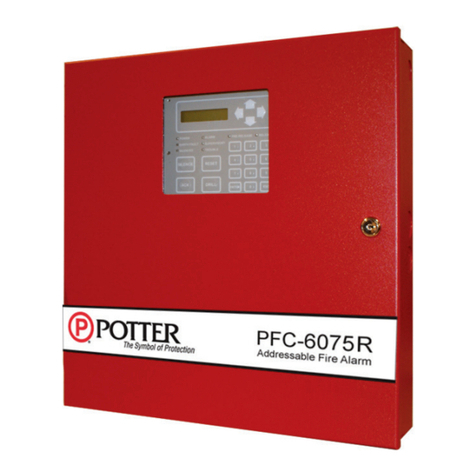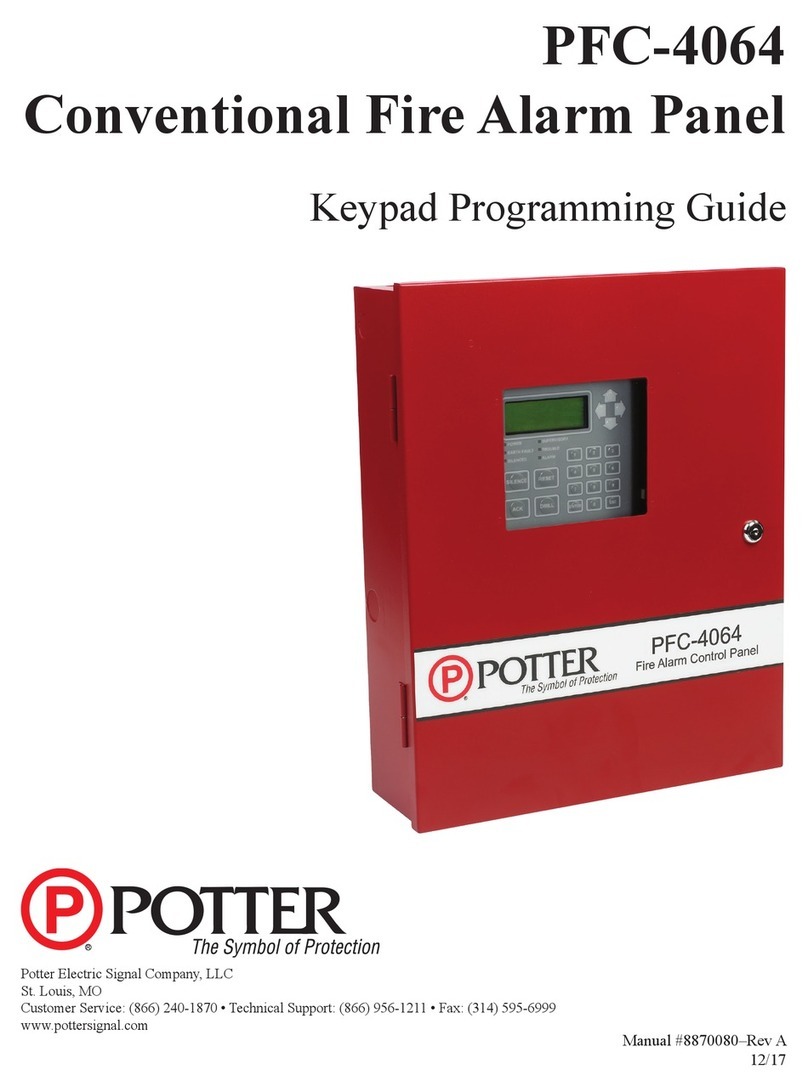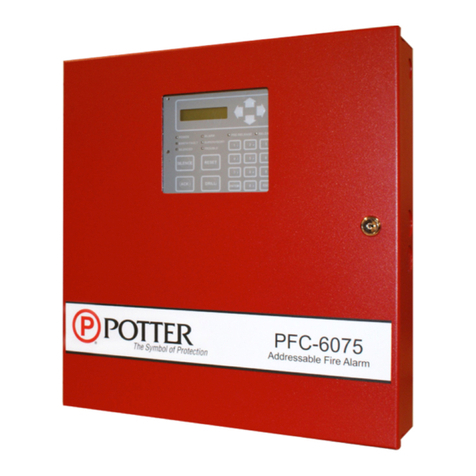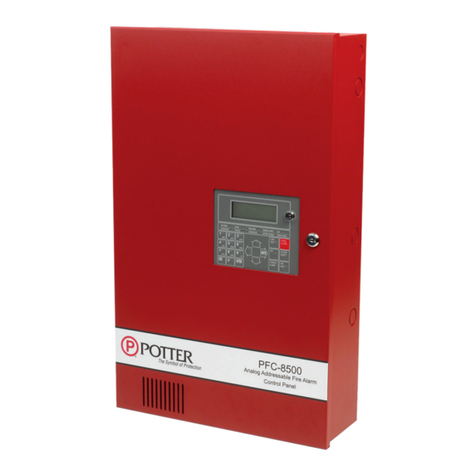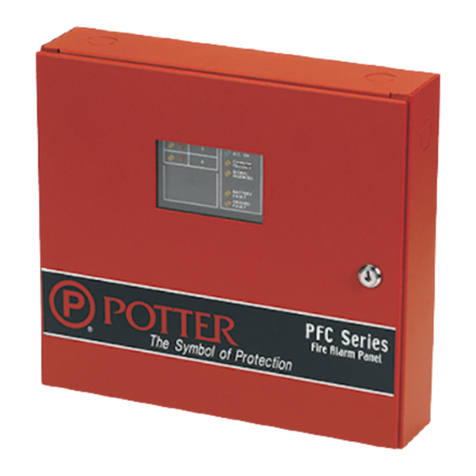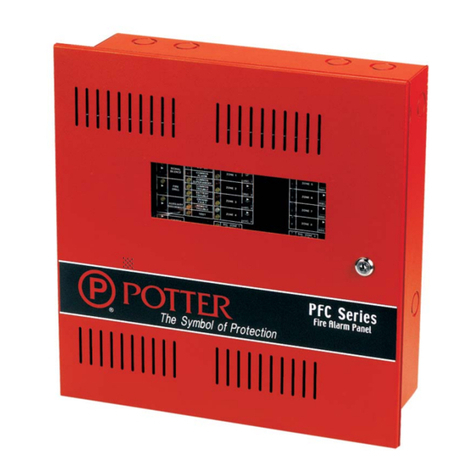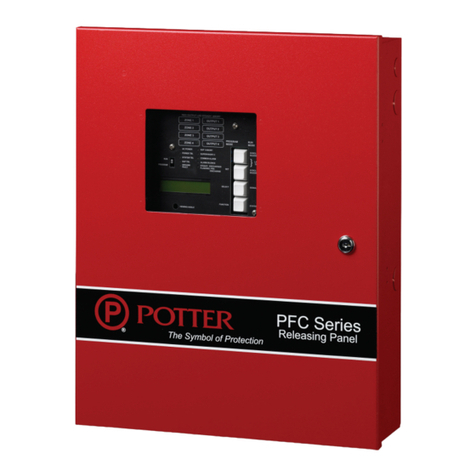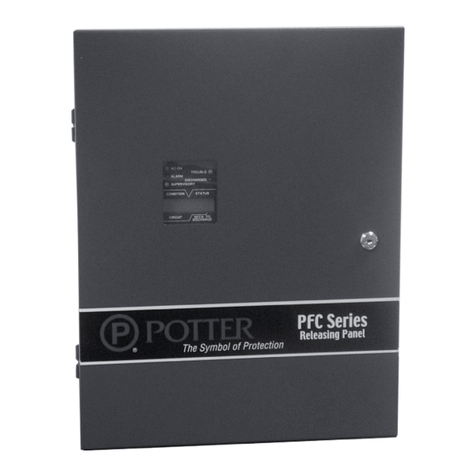
3
PFC-6006 • 5403559 • REV D • 11/17
Table of Contents
Section 1: Introduction ............................................................................................................................. 1-1
Purpose of This Manual..........................................................................................................................1-1
System Overview....................................................................................................................................1-1
System Features ......................................................................................................................................1-1
P-Link Accessories............................................................................................................................1-1
How to Use this Manual .........................................................................................................................1-1
Common Terminology ............................................................................................................................1-1
Section 2: Before You Start Installation .................................................................................................. 2-2
System Specications .............................................................................................................................2-2
Environmental Specications .................................................................................................................2-2
Model / Available Cabinet Colors...........................................................................................................2-2
System Congurations / Appliances .......................................................................................................2-2
Electrical Specications..........................................................................................................................2-3
System Size Specications .....................................................................................................................2-3
Main Board Wiring Specications..........................................................................................................2-3
Circuit Separation.............................................................................................................................2-3
Wiring Types......................................................................................................................................2-4
Cabinet Dimensions................................................................................................................................2-5
Cabinet Mounting Instructions ...............................................................................................................2-6
Cabinet Wiring Connections...................................................................................................................2-7
Battery Circuit Calculations....................................................................................................................2-8
Main Supply Circuit................................................................................................................................2-9
Battery Connections................................................................................................................................2-9
Section 3: Installation ............................................................................................................................. 3-10
Input Circuits ........................................................................................................................................3-10
Input Wiring Specications.............................................................................................................3-10
Input Circuit #1 Class A, Style D Wiring Conguration.................................................................3-10
Input Circuits #1-6 Class B, Style B Wiring Conguration ...........................................................3-11
Notication Appliance Circuits Installation..........................................................................................3-12
NAC Wiring Characteristics ...........................................................................................................3-12
NAC Maximum Wiring Impedance Formula ..................................................................................3-12
NAC Wiring Conguration .............................................................................................................3-12
P-Link Points ........................................................................................................................................3-13
Conguration Characteristics ........................................................................................................3-13
Maximum Wire Resistance Formula (Wire Length)........................................................................3-13
P-Link Addresses.............................................................................................................................3-14
Remote Annunciators Installation (RA-6075 or RA-6006)..................................................................3-14
Setting Addresses ............................................................................................................................3-14
DACT Connection ................................................................................................................................3-15
Auxiliary Power....................................................................................................................................3-15
Section 4: Operation ............................................................................................................................... 4-16
Control Panel Basic Operation..............................................................................................................4-16
LCD Display ...................................................................................................................................4-16
Menu Navigation Keys....................................................................................................................4-17
Numeric Keypad..............................................................................................................................4-17
Function Pushbuttons .....................................................................................................................4-17
Status LEDs.....................................................................................................................................4-18
